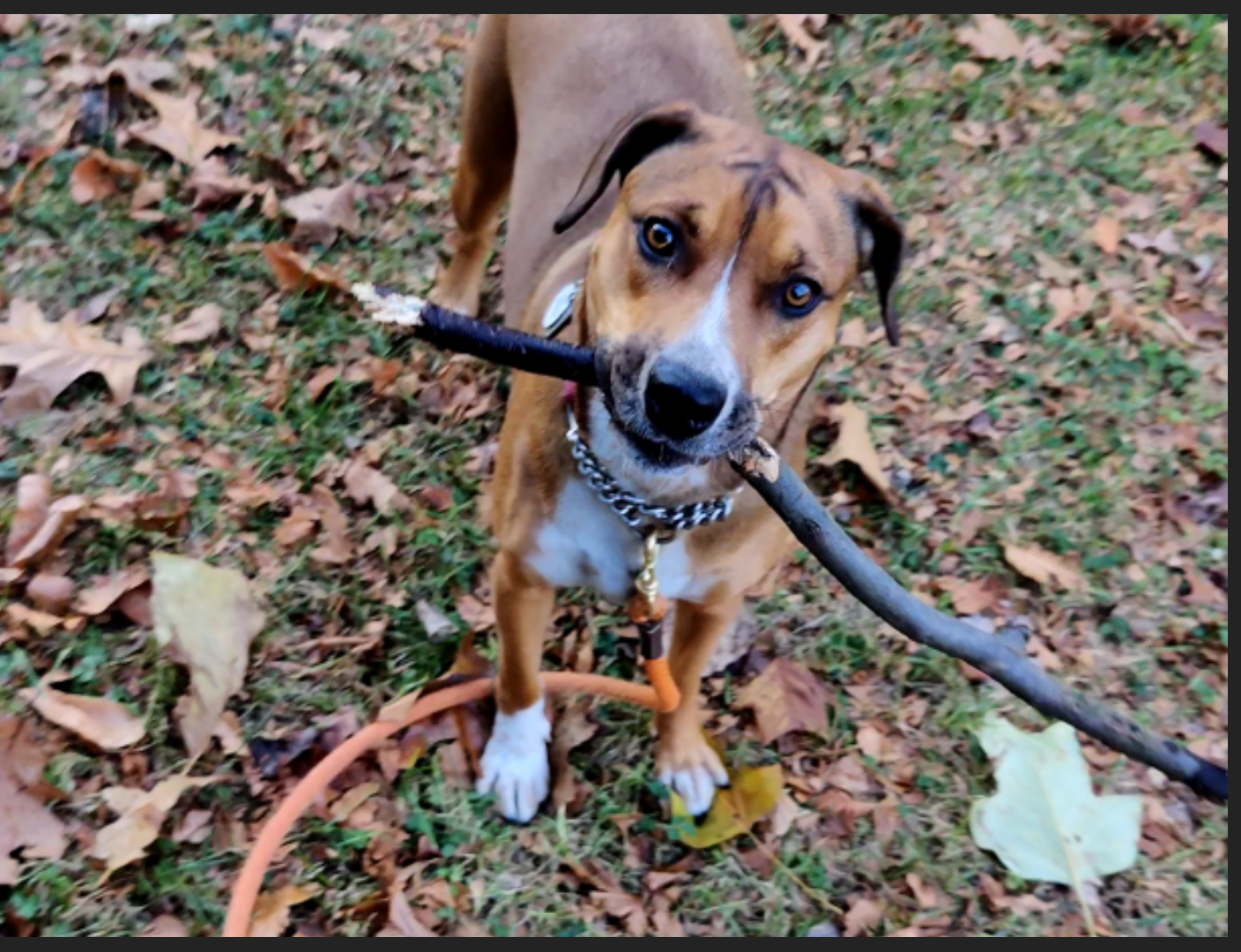She’s clearly having fun, running around in circles, chewing sticks, and finding and eating cat poop. And I don’t want to discourage her from having fun when I take her outside (except for the cat poop thing – that needs to stop).
But she seems to have the idea that jumping up and biting my wrists or my ankles is a fun game that we both enjoy, and she seems to be getting more agressive about it.



That was what I was going to say as well.
They usually learn to stop by interacting with their litter mates.
Most pups are taken away too young for this to happen. You want pups with their littermates at least up to 12 weeks and they start with pretty good bite inhibition. It’s so different meeting pups treated properly rather than the byb pups taken at 8 weeks or sometimes even younger.
Yep, the difference in that short time is pretty big. My parents bred dogs when I was a kid. My dad liked to keep them together for 16 weeks.
The people who do this are arseholes running puppy mills in my opinion.
16 is even better. It’s difficult because you really want them to start socialisation by that point and breeders individually socialising a litter can be a challenge, but for those who can it’s a much more stable dog the owner is starting with.
I do dog rescue and a lot of people got their first ever dog over covid and people who had no idea how to raise a pup raised some really messed up dogs. Starting with an older dog that is a bit more stable just makes all the difference.